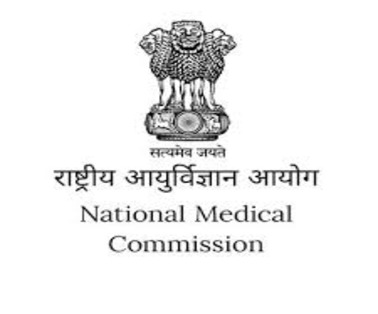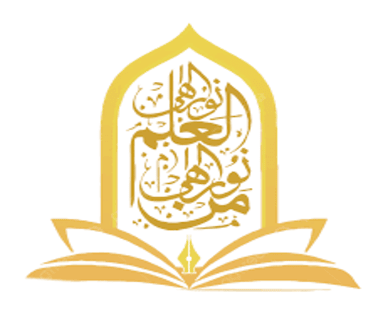The World Economic Forum Center for Fourth Industrial Revolution, “the first thematic centre in India to focus on life sciences and healthcare,” will be set up in Hyderabad.
Key Points
- The centre will be an autonomous, non-profit organisation focusing on policy and governance for healthcare and life sciences
- C4IR Telangana is the 18th centre to join the Forum’s Fourth Industrial Revolution Network, which spans four continents.
- The centre will help Telangana become an important node in the global network and consolidate its leadership position globally
- C4IR Telangana will be a key player in driving stakeholder engagement, building bridges between the public sector and SMEs and supporting job creation in the healthcare sector
- C4IR Telangana is the only such centre in India with a thematic focus on healthcare and life sciences.
- The state accounts for one third of global vaccine output and is regarded as a leading life sciences hotspot in Asia. Also, the state contributes about 35 per cent of India’s pharmaceutical production.
What Is The Industrial Revolution?
Industrial Revolution that first began in Great Britain and later in United States (after end of Civil War) has helped nations in developing faster and easier means of mass production. It has transformed lives of people in many ways over about 250 years. India is also catching up with focussing on Industrial Revolution 4.0. Development of new technologies in this era can help the nations in many ways if these technologies are used effectively for the welfare of mankind.
Background
There are four distinct industrial revolutions that the world either has experienced or continues to experience today.
- First Industrial Revolution: Happened between the late 1700s and early 1800s. During this period of time, manufacturing evolved from focusing on manual labor performed by people and aided by work animals to a more optimized form of labor performed by people through the use of water and steam-powered engines and other types of machine tools.
- Second Industrial Revolution: In the early part of the 20th century, the world entered a second industrial revolution with the introduction of steel and use of electricity in factories. The introduction of electricity enabled manufacturers to increase efficiency and helped make factory machinery more mobile. It was during this phase that mass production concepts like the assembly line were introduced as a way to boost productivity.
- Third Industrial Revolution: Starting in the late 1950s, it slowly began to emerge, as manufacturers began incorporating more electronic—and eventually computer—technology into their factories. During this period, manufacturers began experiencing a shift that put less emphasis on analog and mechanical technology and more on digital technology and automation software.
What Is Fourth Industrial Revolution?

India And Fourth Industrial Revolution
- India has become the fourth country in the world where World Economic Forum has opened its centre for Fourth Industrial Revolution. India is thus, preparing for a massive digital and technological transformation.
- Schemes like Skill India, Startup India, Atal Innovation Mission and Digital India are developing youths to use new technologies. India’s diversity, demographic potential, fast growing market size and digital infrastructure have the potential to make India a global hub for Research and Development.
- Industrial Revolution 4.0 can help in transforming India by:
- Alleviating poverty
- Better and low-cost healthcare
- Enhancing farmer’s income
- Providing new technology and equipment to farmers
- Strengthening infrastructure, improving connectivity
- Improve ease of living and ease of doing business
The World Economic Forum Centre for the fourth Industrial Revolution, the only centre in India thematically focused on healthcare and life sciences. will be established in Hyderabad.The Telangana government and the World Economic Forum signed a collaboration agreement during the forum’s annual meeting in Davos on Monday for the Centre, which will be an autonomous, non-profit organisation, leading on policy and governance for healthcare and life sciences. The collaboration agreement was signed by WEF Managing Director Jeremy Jurgens, and Telangana Life Sciences Foundation Chief Executive Officer Shakthi Nagappan in the presence of Telanagana Industries and Commerce Minister K.T. Rama Rao and WEF President Borge Brende.
To Download Monthly Current Affairs PDF Click here
Click here to get a free demo
Everything About CLAT 2025
Frequently Asked Questions
Assembly line was introduced as a way to boost productivity in which Industrial Revolution?
Assembly line was introduced as a way to boost productivity in First Industrial revolution
The third Industrial revolution started in which year?
The third Industrial revolution started in 1950
Industrial Revolution first began in?
Industrial Revolution first began in Britain
The World Economic Forum Center for Fourth Industrial Revolution will be set up in?
The World Economic Forum Center for Fourth Industrial Revolution will be set up in Hyderabad



